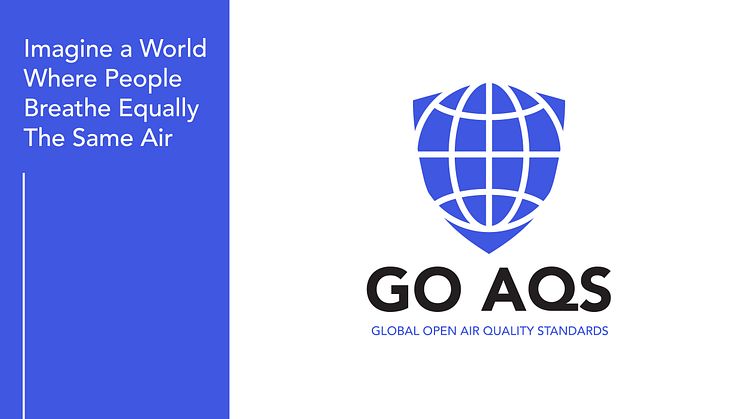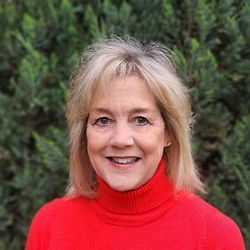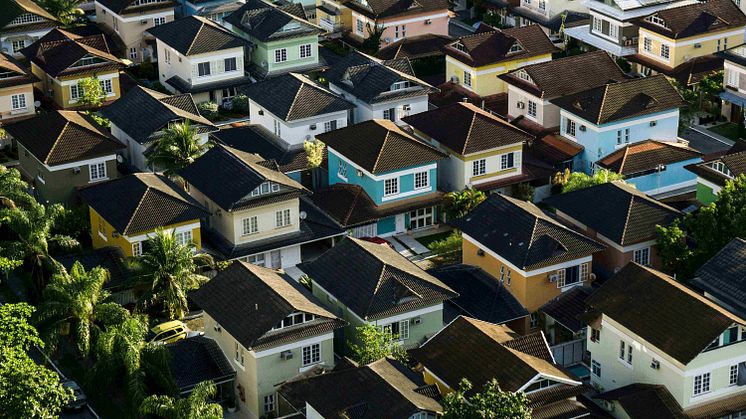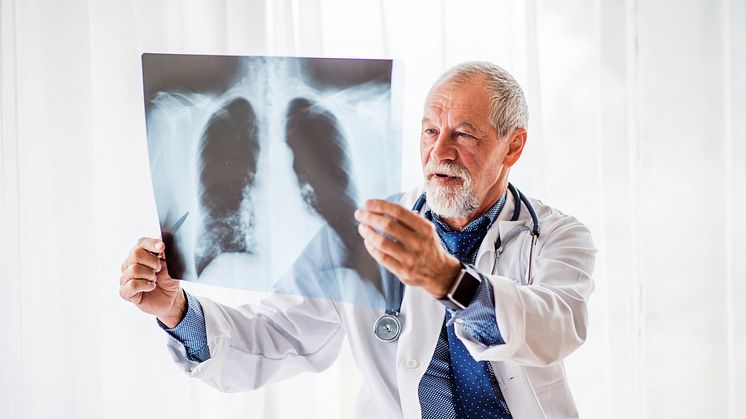
News -
GO AQS and Indoor Air Quality Standards in Focus at the UN
On September 23, Sotirios Papathanasiou will address indoor air quality leaders at the United Nations headquarters in New York. In a short speech, he will highlight the need for stronger and open standards to improve the air we breathe indoors.
“The gaps and struggles I have seen in this field ultimately led me to found the GO AQS (Global Open Air Quality Standards) initiative,” says Papathanasiou. “Our aim is to inspire and challenge the industry and governments to improve indoor air quality by offering standards that are open, free, and responsive to new scientific findings.”
A clear and accessible standard
GO AQS differs from existing ISO frameworks by removing financial barriers and offering its work openly. The initiative has also developed a universal Indoor Air Quality Index, making it easier for both experts and the public to understand and act on air quality data.
“This index provides a clear, consistent standard for anyone, anywhere in the world,” Papathanasiou explains.
Shared priorities with Radonova
Indoor air quality often receives less attention than outdoor pollution, even though most people spend most of their time indoors. One critical pollutant that both GO AQS and Radonova focus on is radon.
“Radonova has focused on radon measurements for years because it is a critical pollutant that needs to be addressed. We believe some countries don’t take radon seriously, which is why we’ve established a threshold to guide them toward a protective standard,” Papathanasiou says.
As the UN event approaches, Papathanasiou hopes to bring new momentum to the issue. “Our indoor environments significantly impact our health, and it’s time we treat indoor air quality with the same importance as outdoor air quality.”






